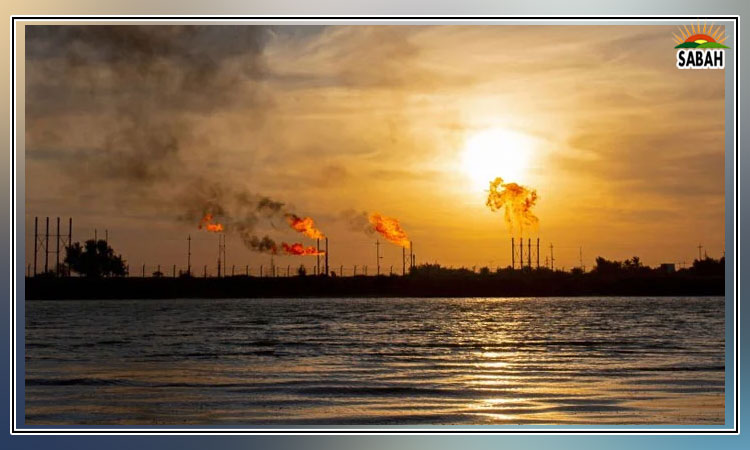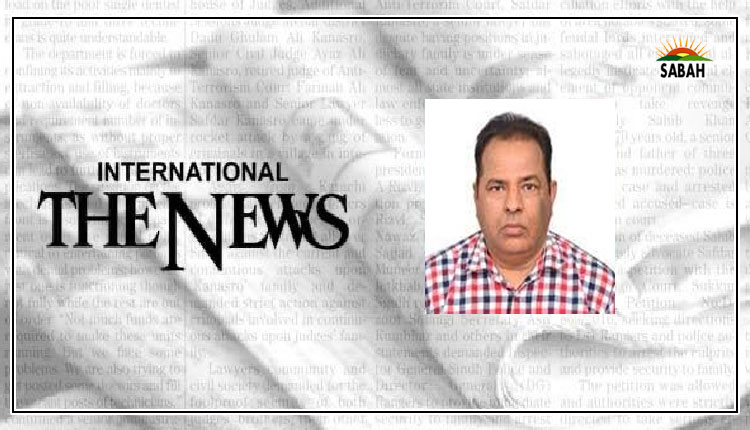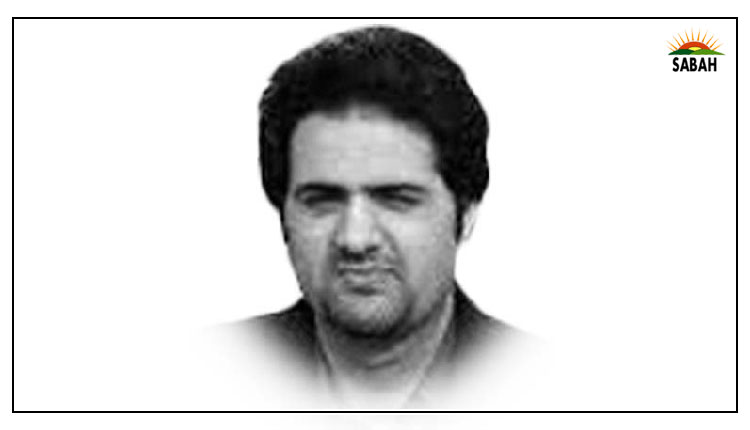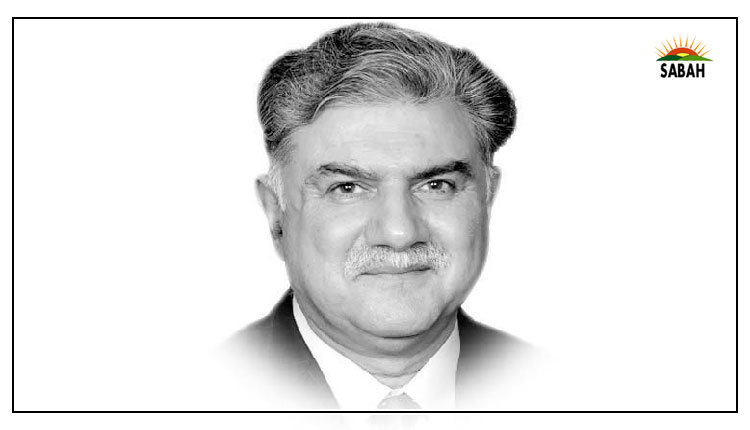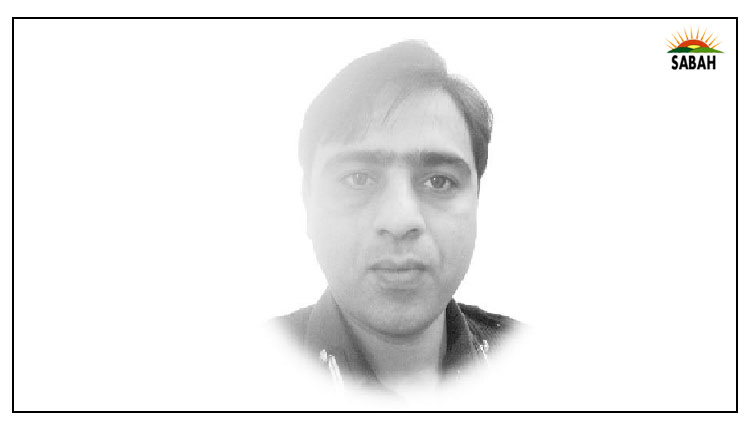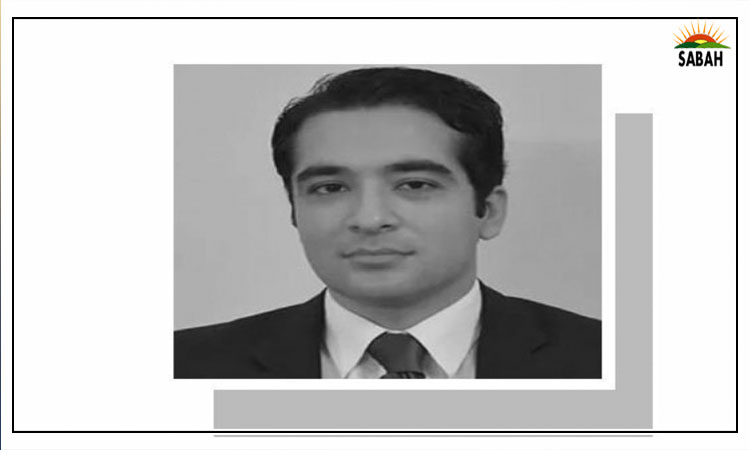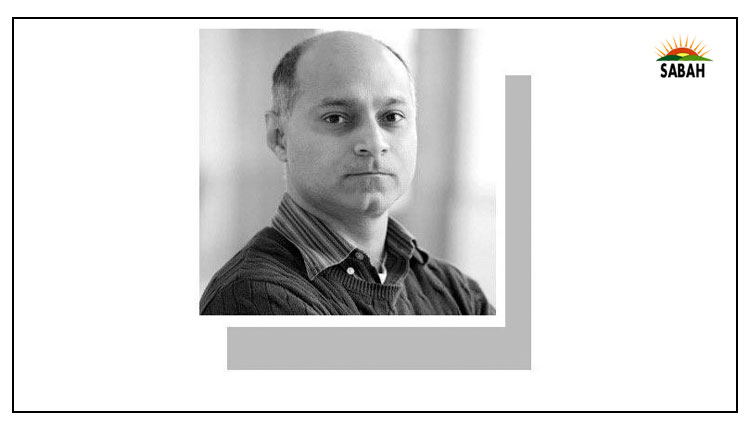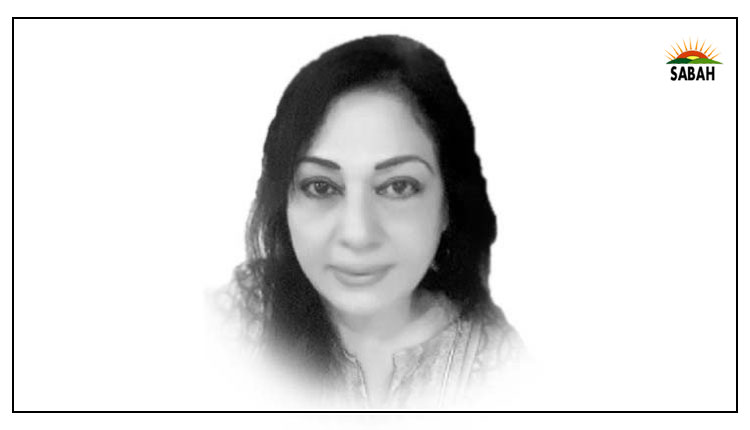Survival of the Richest — Oxfam blasts India at WEF… Adeela Naureen/Waqar K Kauravi
Oxfam India’s ‘Survival of the Richest: The India Supplement’ reveals some stark findings proving that the gap between the rich and the poor is indeed widening. The research also emphasises how Indias progressive tax policies can help reduce inequality there. On the first day of the 2023 World Economic Forum (WEF) in Davos, Switzerland, Survival of the Richest was released as a scathing reminder of state of poverty and inequality in India. Extreme wealth and extreme poverty have increased concurrently for the first time globally in 25 years, and elites are congregating in the Swiss ski resort. Referring to Modi governments tagline, sabka saath, sabka vikas, Oxfam India has encouraged Modi to make sure that the economy works for everyone and not just the fortunate few.
Some of the key findings from the Oxfams India supplement are:
The top 1% in India now owns more than 40.5% of total wealth in 2021 while the bottom 50% of the population (700 million) has around 3% of total wealth. The 21 wealthiest billionaires in the country possess more wealth than 700 million Indians.
From the outbreak of the pandemic till November 2022, billionaires in India have seen their wealth surge by 121%, or INR 3,608 crore per day in real terms (around INR 2.5 crore every minute). The rich have done well for themselves, while the number of hungry Indians has increased from 19 crore to 35 crore.
While Oxfam report suggests that 350 million hungry Indians sleep with an empty stomach, they may have missed the forest for a tree. Actual number of Indians unable to afford two meals has now crossed 800 million.
The Quint, an Indian magazine, raised this question on 30 Aug 2022 and asked Modi, How Many Indians are Poor If Even Govt Admits that 800 Million Need Dry Rations? Coming to terms with the reality of 800 million needing food aid would be a great start towards securing our future.
The Quint suggests that it is perplexing why a democracy like India, where eradicating poverty is the states top priority and this administration claims to be anti-elite, has waited eight years to address the obvious issue. The rate of unemployment rose to its highest point since the 1970s. There are additional signs that the situation is getting worse, such as Indias dropping positions in the global hunger index and the soaring demand for the Rural Employment Guarantee. There needs to be honest discussions about how many Indians live in poverty and what type of economy we actually have.
Indian media has gone berserk with commentators like Shekhar Gupta raising question on Oxfam report in a derogatory manner. He described the report as having questionable definition of wealth, being ironic and based on skewed calculations, and even suggested why the findings of the Oxfam India report arent the societal rehab India needed.
Rahul Gandhi was quick to pick up the report and tweeted, Dear PM, Welcome to Switzerland! Please tell DAVOS why 1% of Indias population gets 73% of its wealth? Im attaching a report for your ready reference.
BJP responded by blaming the Gandhi family. GVL Narsimha Rao, the BJPs national spokesperson, tweeted, Dear @OfficeofRG this inequality is the disastrous consequence of your familys patented Nehru Congresss Poverty Perpetuation Model of Governance by which only Congress has become rich. Gandhis remark, in his words, was an example of the pot calling the kettle black.
Godi media is infamous for its absurd logic and RSS narrative. In its universe woven around 56-inch chest of Narendra Modi and Corporate India (Adanis, Ambanis, Tatas, Mallyas and Shettys), the Godi media cannot bear any question related to corporate loot and plunder under Modi. Corporate India has actually bankrolled Modi and RSS to power through dubious funding and Godi media. This pattern has remained prominent in India for last two decades; in return, Corporate India has fleeced resources form the exchequer.
Indian banking industry saw its manufactured crisis in 2018. Here, political governments and corporate tycoons pressured banks to make significant loans to development projects that were purportedly motivated by politics. As a result, there is now a massive mountain of non-performing assets (NPAs), which as of the end of 2021 totaled more than $200 billion. As reported by Times of India in July last year, Indian banking NPA is amongst the largest in comparison with compatible economies in the world.
The causes of this mess were explained by Sushovan Dhar in an essay published in CADMT on June 30, 2019. These banks are under the power of the troika of capitalists, politicians and bureaucrats. Indian banks write off billions of dollars of the super-rich and their business empires every year. In the past ten years, four-fifths of the entire amount written off has accumulated. It is being sought to make up for this obscene generosity to corporations by paying bank recapitalisation with public funds, which means that the average Indian would be bailing out the institutions that are still being plundered by the corporates.
While we may agree or disregard with Godi media, Oxfam report is a stark warning to the rich across the world as well as India that this inequality matrix is unsustainable. According to Oxfam India CEO Nisha Agrawal, the billionaire boom is a symptom of a failing economic system rather than a sign of
a thriving economy. Those who put in a lot of effort to raise food for the nation, construct infrastructure, and work in factories struggle to pay for their childrens education, purchase medications for family members, and manage two meals every day.
We will end the piece with the question asked by The Quint, If five kilograms of free ration per person per month, over and above their entitlement of food grains under the National Food Security Act is such a life-saver, what else would the 800 million be, if not the absolute poor?
Courtesy The Express Tribune



